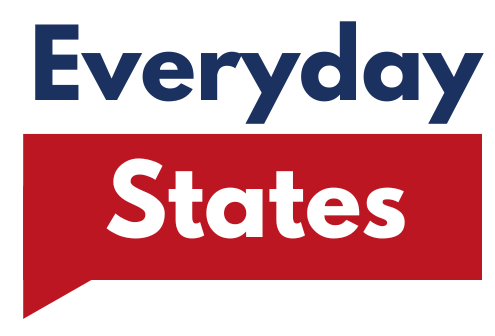The world of acting can seem glamorous, with bright lights, red carpets, and Oscar nominations. However, beneath the surface lies a complex tapestry of demographics and statistics that shape the industry. Understanding these nuances offers insights into the evolving nature of entertainment in the United States. Let’s dive into the world of actor demographics based on extensive research by Zippia, which uses a robust database of over 30 million profiles for its analysis.
Current Employment Landscape for Actors

Actors are a significant part of the American entertainment industry, with over 11,286 individuals currently employed across the nation. This vibrant community is largely dominated by private companies, with a staggering 73% of actors more likely to find employment there as opposed to public entities. The dynamics within this group provide a window into the various opportunities and challenges faced by actors today.
Gender Dynamics in Acting: A Shifting Balance
The gender distribution among actors has historically been skewed towards men, with the current percentage standing at 67.5% male compared to 32.5% female. Over the last decade, however, these numbers have shown a gradual shift. For instance, the gender gap was most noticeable in 2013 when male actors constituted 74.87% of the workforce. By 2021, this number had declined to 67.55%, reflecting a slow but steady movement towards gender parity. Despite these advancements, women continue to earn 95% of what their male counterparts make, highlighting an ongoing issue of gender pay inequality.
The Ethnic Mosaic of the Acting Profession

Diversity among actors is also a point of interest. White actors constitute 57.0% of the industry, the largest ethnic group. They are followed by Hispanic or Latino actors at 16.5% and Black or African American actors at 13.2%. Meanwhile, Asian and American Indian/Alaska Native actors represent smaller fractions of the community. The industry reflects America’s growing racial and ethnic diversity, though there’s still significant room for greater inclusivity.
Age: Experience Meets Youth

The average age of actors in the United States is around 37 years, with a large portion of the acting community, approximately 45%, falling within the 30-40 age bracket. This statistic highlights a thriving industry that celebrates both youthful innovation and seasoned experience. Actors in their prime often find unique roles that balance energy and maturity, while younger talents bring fresh perspectives to the big screen and stage.
Educational Pathways into Acting
An actor’s education plays a pivotal role in their career development. Surprisingly, a significant 61% of actors hold a bachelor’s degree, suggesting a commitment to their craft that extends beyond just talent and charisma. The remaining actors generally possess high school diplomas, whether as their highest degree or as part of their journey to higher education. This shows that while formal education is important, passion and dedication can also pave the way to success in this competitive field.
LGBT Representation Within Acting
The acting community demonstrates its diversity not just in race and gender, but also in sexual orientation. With 19% of actors identifying as LGBT, the industry is at the forefront of representing different sexual identities. As societal acceptance broadens, the depiction of varied sexual orientations in film and theater becomes more pervasive, offering stories that resonate with wider audiences and foster inclusivity.
Racial and Ethnic Salary Disparities

Salary discrepancies based on race and ethnicity persist within the acting profession. White actors typically earn higher wages compared to their counterparts from other ethnic groups. Black or African American actors report the lowest average salary of $49,210, underscoring a need for change in wage equality across ethnic lines. These disparities highlight broader social and economic tensions that transcend the industry and reflect national conversations about race and equity.
Actor Jobs Compared: A Gender Analysis
The acting field is often juxtaposed with other gender-skewed professions. For instance, roles such as the 19D Cavalry Scout and professional baseball player exhibit even larger gender gaps compared to acting. Such comparisons serve to contextualize the ongoing quest for gender equality not just in the arts, but across all professional domains. As more industries strive for equitable representation, the acting field finds itself at the crossroads of traditional norms and contemporary shifts.
Understanding actor demographics and statistics in the US provides a crucial lens through which to view the broader cultural narratives that define American entertainment. Illuminating these dynamics paints a comprehensive picture of where the industry stands and where it is headed in terms of gender, race, age, and education. As audiences and industries continue to push for diversity and inclusion, the future of acting promises to be as dynamic and colorful as the roles that continue to inspire us.





